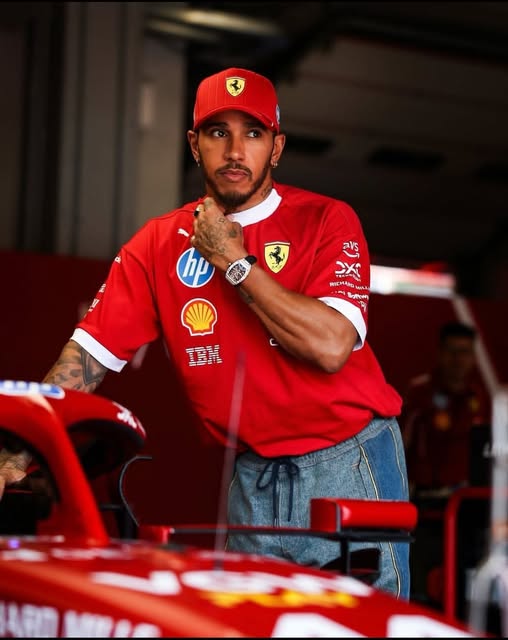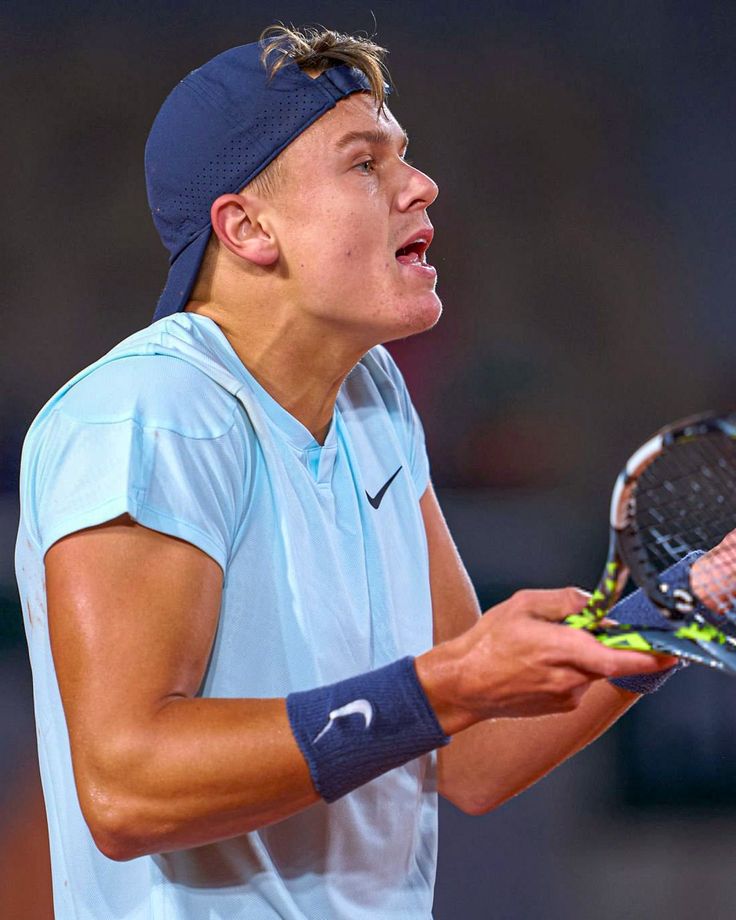Introduction

The glitz, glamour, and gut-wrenching drama of the Monaco Grand Prix never fail to capture the attention of the Formula 1 world. But behind the roaring engines and celebrity sightings lies a story of emotional turbulence — one that involves a seven-time World Champion grappling with disappointment.
After the 2025 Monaco Grand Prix, Lewis Hamilton admitted he was left with an “empty feeling”, despite a competitive race in one of the sport’s most iconic circuits. As fans and experts dissect the events of the weekend, one pressing question remains: What happened in Monaco to leave a legend like Hamilton feeling so unfulfilled?
This blog unpacks the drama, emotion, and strategic missteps that shaped Hamilton’s challenging weekend in Monte Carlo. We’ll also explore FAQs, highlight essential statistics, and provide deep insight into why this Grand Prix felt like a missed opportunity.
The Monaco Grand Prix: A Glorious Stage With Crushing Pressure
A Race Like No Other
The Monaco Grand Prix is often described as Formula 1’s crown jewel. It’s where precision driving, qualifying position, and pit stop strategy matter more than pure race pace. Its tight corners and unforgiving barriers punish even the smallest errors, and overtaking is nearly impossible without serious risk.
For Hamilton, a driver who thrives on racecraft and aggressive overtaking, Monaco is both a challenge and a stage where the right strategy can win races. Unfortunately, the 2025 edition fell short of expectations.
Lewis Hamilton’s Weekend: From Hope to Heartbreak
Qualifying: The First Blow
Hamilton qualified P7, behind his Mercedes teammate George Russell, Ferrari’s Charles Leclerc, and both McLarens. In Monaco, starting positions are nearly destiny. With such a tight grid, even minor gaps in lap time have massive consequences.
“I gave it everything, but it just wasn’t enough. The car felt decent, but others made it work better in the tight corners,” Hamilton said in a post-qualifying interview.
Race Day Strategy: A Critical Miss
Mercedes opted for a long first stint strategy for Hamilton, hoping to capitalize on an undercut. However, a mistimed pit stop and slower-than-expected laps after the switch meant the plan backfired.
Hamilton found himself stuck behind slower cars, unable to unleash the full potential of his race pace. The team radio buzzed with tension, and the frustration was visible on Hamilton’s face after the checkered flag.
The “Empty Feeling”: Hamilton Speaks Out
When asked how he felt after the race, Hamilton was candid:
“It’s just a bit of an empty feeling. You put everything into it, and you hope it translates into a result. But today, we just didn’t get it right.”
This raw emotion reflects the mental toll that a strategically frustrating race can take — especially on a driver who’s used to chasing victories, not battling midfield traffic.
Frequently Asked Questions (FAQs)
1. Why was Lewis Hamilton disappointed despite finishing the race?
Hamilton was disappointed because:
- He felt Mercedes’ strategy was flawed, wasting a potential better finish.
- Overtaking was nearly impossible on the tight Monaco track.
- He qualified poorly (P7), limiting his race options from the outset.
- He ended the race with no podium, while Charles Leclerc took a home win.
2. What was Mercedes’ strategy, and how did it go wrong?
Mercedes attempted a longer first stint, banking on fresher tires later. However:
- Traffic nullified the advantage.
- The undercut didn’t work due to poor track position timing.
- Pitting Hamilton late meant he rejoined behind slower cars.
3. How did George Russell perform compared to Hamilton?
George Russell outqualified Hamilton and finished just ahead. While both drivers faced strategy-related limitations, Russell benefitted slightly from track position. However, neither Mercedes made the podium.
4. Is Mercedes improving in 2025?
Statistically, Mercedes has shown incremental improvements in:
- Qualifying pace (with average grid position up by 1.3 places over 2024).
- Tire degradation management, aided by upgrades to their suspension system.
Still, they remain behind Red Bull, McLaren, and Ferrari in terms of outright speed.
5. What’s next for Hamilton?
Hamilton’s focus will now shift to the Canadian Grand Prix, a race where he’s historically performed well. Mercedes is expected to bring an aero update to improve straight-line speed, offering a better chance at podium contention.
Key Takeaways from Monaco 2025
1. Strategy Can Make or Break a Race
In Monaco, track position is king. Mercedes gambled on tire longevity and clean air — but Hamilton ended up stuck in traffic, turning what could’ve been a top-5 finish into a frustrating afternoon.
2. The Emotional Weight of High Expectations
Hamilton’s candid remarks are a reminder of the human element in elite sport. Even for legends, disappointment can run deep — especially when effort doesn’t yield results.
3. The Rising Tide of Competition
Ferrari and McLaren continue to rise. With Charles Leclerc taking his first home win and Lando Norris finishing on the podium again, Mercedes is now battling not just Red Bull, but a surging midfield.
4. Fans Still Believe in Hamilton’s Magic
Despite the tough race, fan engagement with Hamilton remains high. His Instagram post following the race, where he thanked the fans and vowed to fight harder, garnered over 1.4 million likes in 12 hours — a testament to his enduring appeal.
What This Means for Mercedes and F1’s 2025 Season
A Crucial Juncture
The Monaco GP marked Round 8 of the 2025 season. With Hamilton sitting 5th in the Driver’s Championship and Mercedes 3rd in Constructors, every race from here is pivotal.
Mercedes’ decision-making is now under scrutiny, and the next few Grands Prix will determine if they remain contenders or drift into the shadow of more agile rivals.
Lewis Hamilton’s Legacy Is Still in Play
At 40 years old, Hamilton is still showing elite pace. But legacy is built on wins and titles — not near-misses. The Monaco result adds urgency to Mercedes’ need for a winning strategy, not just a fast car.
Conclusion: Monaco Leaves More Questions Than Answers
The 2025 Monaco Grand Prix delivered spectacle, but for Lewis Hamilton, it delivered introspection. The “empty feeling” he described is a sentiment many elite athletes experience when effort fails to meet expectations.
Yet, if Hamilton’s storied career has shown anything, it’s that setbacks often spark comebacks.
With Canada and Silverstone on the horizon, the stage is set for Hamilton to convert frustration into fire. For Mercedes fans and Formula 1 followers alike, the question remains: Can the Silver Arrows recalibrate and give their star driver the tools he needs to win again?


